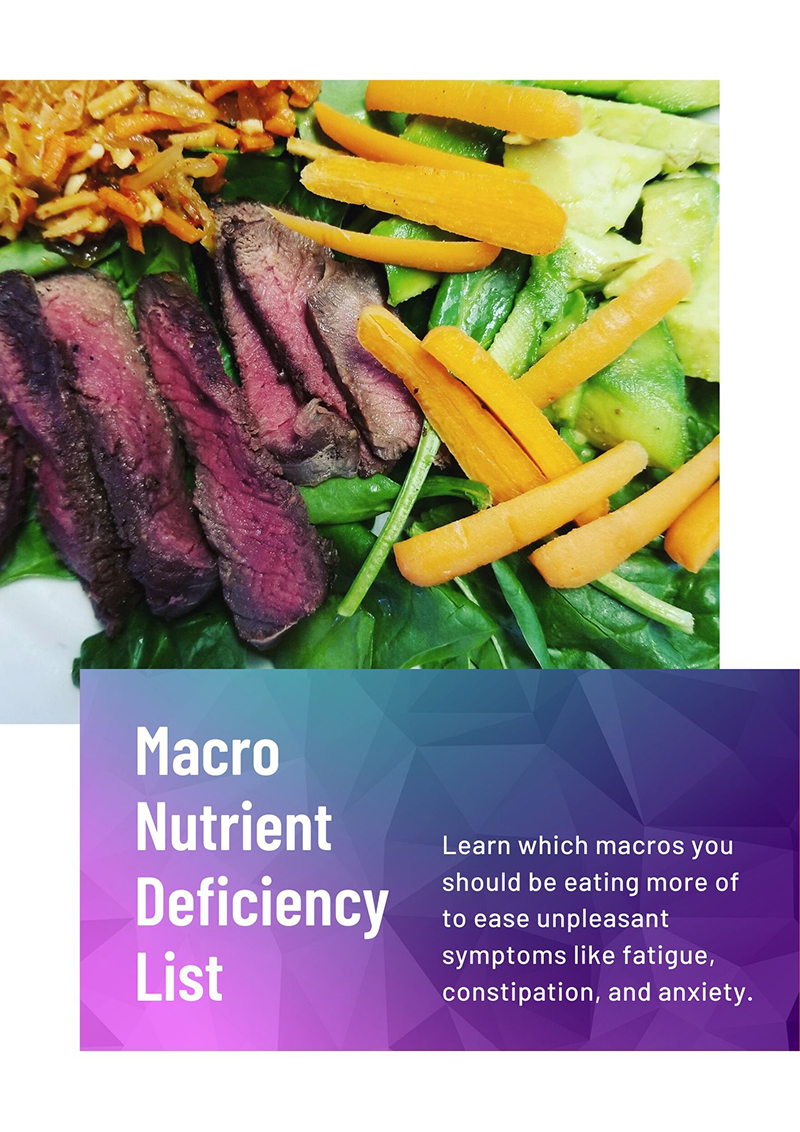If your cholesterol is either high or on the high end of normal, you may want to read this article. Whether you are on medication for your condition or not you can help yourself by including these awesome foods into your diet that help lower cholesterol. (Speak to your physician before making major changes to your diet and do not discontinue medication with-out speaking with your doctor.)

Here are my top 5 common cholesterol lowering foods and why.
All of these foods have many health benefits. Let’s look at the influence they have on cholesterol. As well as some other great health benefits thy may contain.
Apples
Apples are great to keep cholesterol lower is because:
- they are packed full of pectin A soluble fiber that helps draw cholesterol out of the system. And
- they contain Flavonoids. (Quercetin) is a powerful anti-oxidant that seems to short-circuit the process that leads “bad” LDL cholesterol that accumulates in the bloodstream.
- Reduces blood cholesterol
- Controls weight gain
- Improves bowel function
- Helps prevent urinary tract infections
- Strengthens lung function
- Strengthens bones
- Helps prevent periodontal or gum disease
- Reduces risk of cancer, prostate cancer, Type II Diabetes, and asthma
|
TIP: To keep crisp, wrap fruit in a plastic bag and store them in the refrigerator. Apples kept at room temperature soften 10 times faster than refrigerated fruit. |
Other benefits include:
- Low Glycemic Index – is useful for dieters since it helps keep hunger pains at bay longer than many other fruits.
- Boron – has been shown to strengthen bones and is a good defense against osteoporosis.
- Tannins – may help prevent tooth decay, gum disease and urinary tract infections.
Blueberries
Help prevent heart disease and stroke by reducing the build up of LDL “bad” cholesterol.
They also:
- Decreases your risk of cancer
- Improves nighttime visual acuity
- Helps prevent macular degeneration
- Improves memory by protecting against oxidative stress
- Promotes healthier elimination (relieves both diarrhea and constipation)
- Strengthens immune system
- Helps relieve arthritis inflammation
- Promotes urinary tract health
Oats
This food offers the following health benefits:
- Lowers total cholesterol levels by 25% or more within a very short time period (one to three months) when eaten regularly.
- Reduces bad LDL and raises good HDL cholesterol.
- Lowers triglycerides.
- Controls weight gain by providing a feeling of fullness.
- Combats constipation by providing needed dietary fiber.
- Reduces blood glucose and insulin responses.
- Enhances athletic performance when ingested 45-60 minutes before prolonged endurance exercise of moderate intensity.
- Reduces the risks of some cancers.
- Enhances immune response to infection.
Garlic
- Lowers total cholesterol
- Lowers LDL “bad” cholesterol
- Lowers triglycerides
- Raises HLD “good” cholesterol
- Inhibits clot formation by increasing fibrinolytic activity
- Lowers high blood pressure
- Discourages platelets from becoming sticky
|
CAUTION: Garlic is NOT recommended for people who take anticoagulants, as it has blood-thinning actions. |
Garlic also provides other health benefits such as:
- Being a broad-spectrum anti-bacterial agent.
- Enhances immune function by detoxifying the body.
- Helps stabilize blood sugar levels.
Brown Rice
- Helps lower cholesterol – The oil in whole brown rice, not its fiber, lowers cholesterol.
- Helps prevent atherosclerosis – the fiber in rice has been shown to help prevent atherosclerosis.
- Helps to maintain a normal body weight – A study published in November 2003 of the America Journal of Clinic Nutrition cites the importance of having a diet rich in whole grains vs. refined grains as a means to help maintain a normal body weight.
- Reduces risk of metabolic syndrome – The latest research shows that refined grains and the foods made from them (e.g., white breads, cookies, pastries, pasta and rice) are now being linked not only to weight gain but to increased risk of insulin resistance (the precursor of type 2 diabetes) and the metabolic syndrome (a strong predictor of both type 2 diabetes and cardiovascular disease), while eating more whole grain foods is being shown to protect against all these ills.
Common features of the metabolic syndrome include visceral obesity (the “apple shaped” body), low levels of protective HDL cholesterol, high triglycerides, and high blood pressure.
|
TIP: Be sure to check packaged brown rice “use by” date, since it has a potential to become rancid if kept too long due to its natural oils. Brown rice will keep fresh for about 6 months, if it is stored in an airtight container and kept in the refrigerator. |
- Helps prevent colon cancer – The selenium, a trace mineral found in brown rice, substantially reduces the risk of colon cancer. Brown rice is a good source fiber. Fiber has been shown to speed the transit time of fecal matter within the colon, this minimizes the time cancer-causing substances spend in contact with colon cells.
- Helps prevent gallstones – Eating foods high in insoluble fiber, such as brown rice, can help women avoid gallstones, shows a study published in the July 2004 issue of the American Journal of Gastroenterology.
- Helps increase energy levels – Manganese helps produce energy from protein and carbohydrates and is involved in the synthesis of fatty acids, which are important for a healthy nervous system, and in the production of cholesterol, which is used by the body to produce sex hormones.
Manganese is also a critical component of a very important antioxidant enzyme called superoxide dismutase. Antioxidants provide protection against damage from the free radicals.


